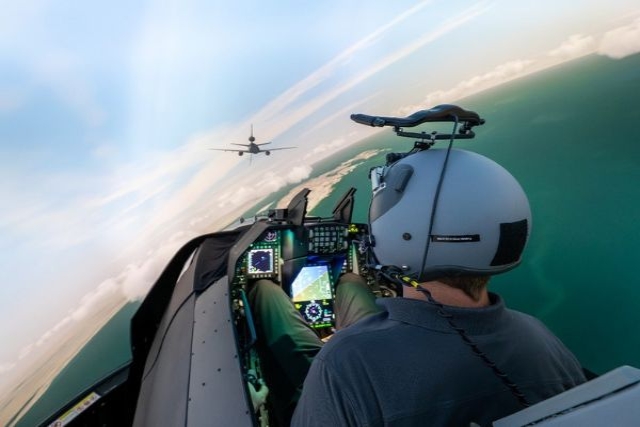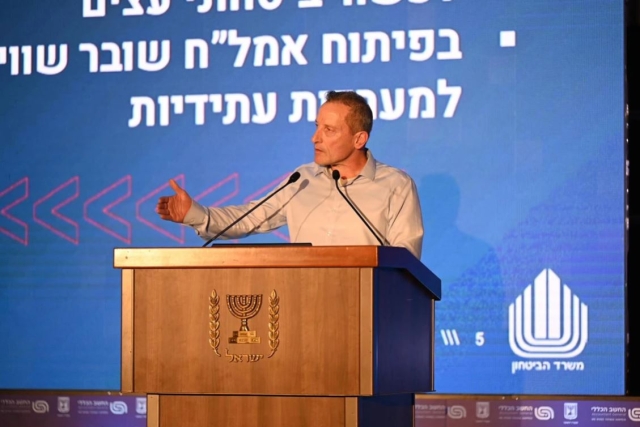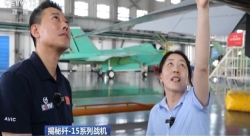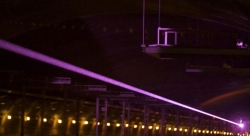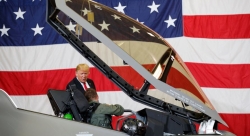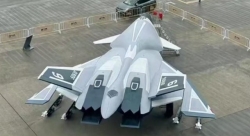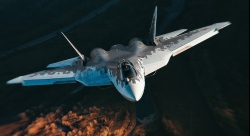Boeing wins 1.5 billion contract for MMA from US Navy
The Boeing Co., Seattle, Wash., is being awarded a $1,529,224,045 modification to definitize the previously awarded advance acquisition P-8A Multi-mission Maritime Aircraft (MMA) Low Rate Initial Production I contract (N00019-09-C-0022) to a fixed-price-incentive-firm contract. This modification provides for the procurement of six P-8A MMA and associated spares, support equipment and tools, logistics support, trainers and courseware. Work will be performed in Seattle, Wash. (76 percent); Hazelwood, Mo. (10 percent ); Baltimore, Md. (4 percent); Greenlawn, N.Y. (2 percent); Tampa, Fla. ( 2 percent); McKinney, Texas (1 percent); North Amityville, N.Y. (1 percent); Hauppauge, N.Y. (1 percent); Anaheim, Calif. (1 percent); Grand Rapids, Mich. (1 percent); and Rockford, Ill. (1 percent), and work is expected to be completed in January 2013. Contract funds will not expire at the end of the current fiscal year. The Naval Air System Command, Patuxent River, Md., is the contracting activity. The U.S. Navy announced today the award of a $1.6 billion contract to Boeing for P-8A Poseidon aircraft Low-Rate Initial Production (LRIP) of six aircraft. This first LRIP contract also includes spares, logistics and training devices. Production of the first LRIP aircraft will begin this summer at Boeing’s Renton, Wash. facility. “In 2004, the U.S. Navy and the Boeing Company made a commitment to deliver the next generation maritime patrol and reconnaissance aircraft to support a 2013 Initial Operational Capability (IOC),” said Capt. Mike Moran, PMA 290 Program Manager. “This contract and these aircraft keep that commitment on track.” Three of the six flight test aircraft, built as part of the System Development and Demonstration contract awarded to Boeing in 2004, are in various stages of testing at Naval Air Station Patuxent River, Md. The Integrated Test Team has conducted sonobuoy releases and counter measures deployments. Recently, one of two static test planes completed full scale testing on the P-8A airframe. The first static test aircraft underwent 154 different tests with no failure of the primary structure. The second aircraft will begin fatigue testing this year.


